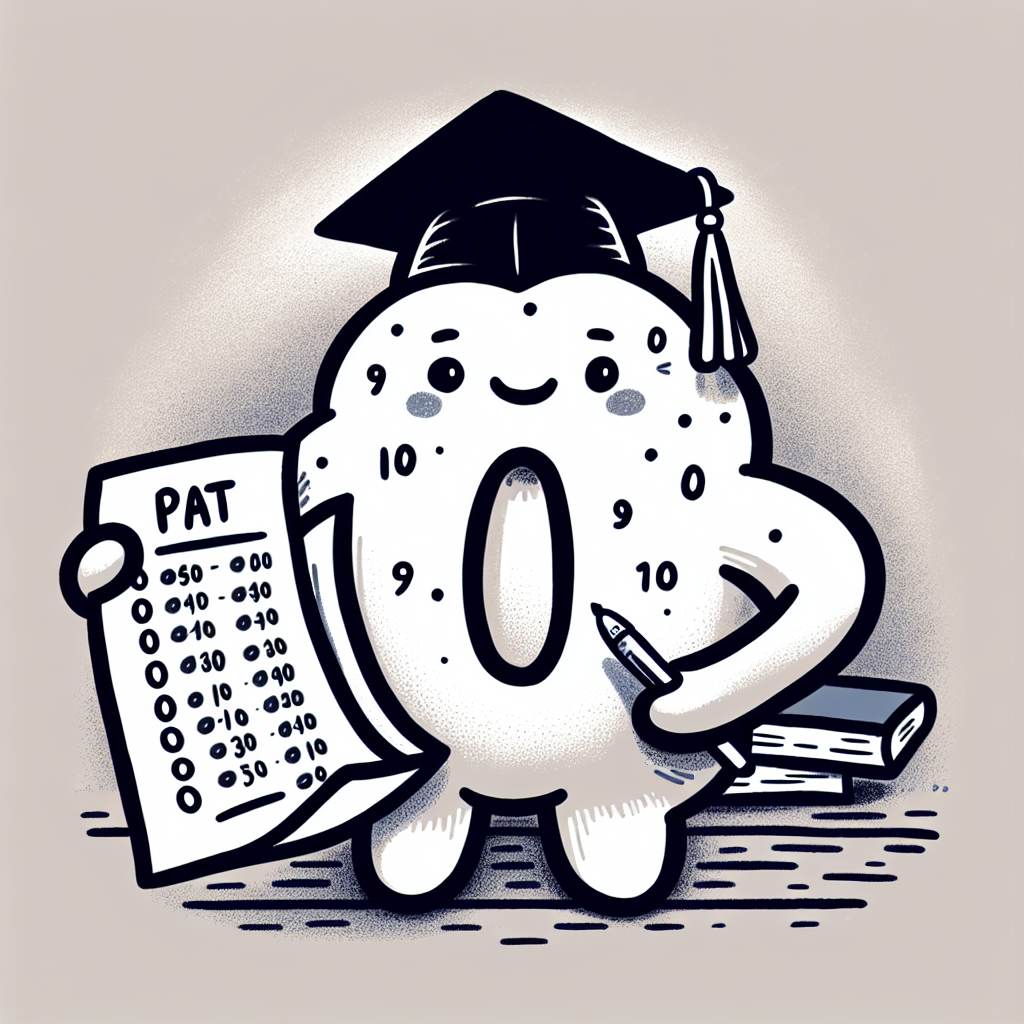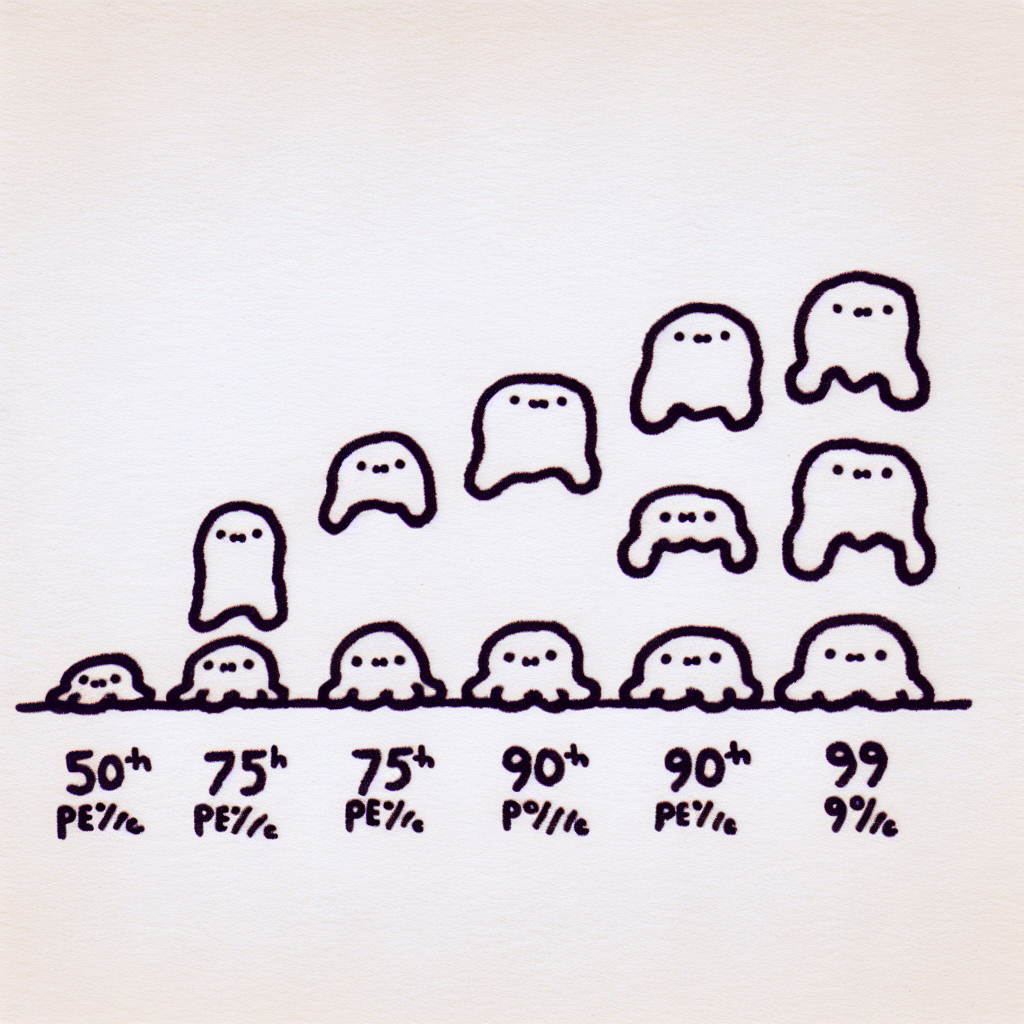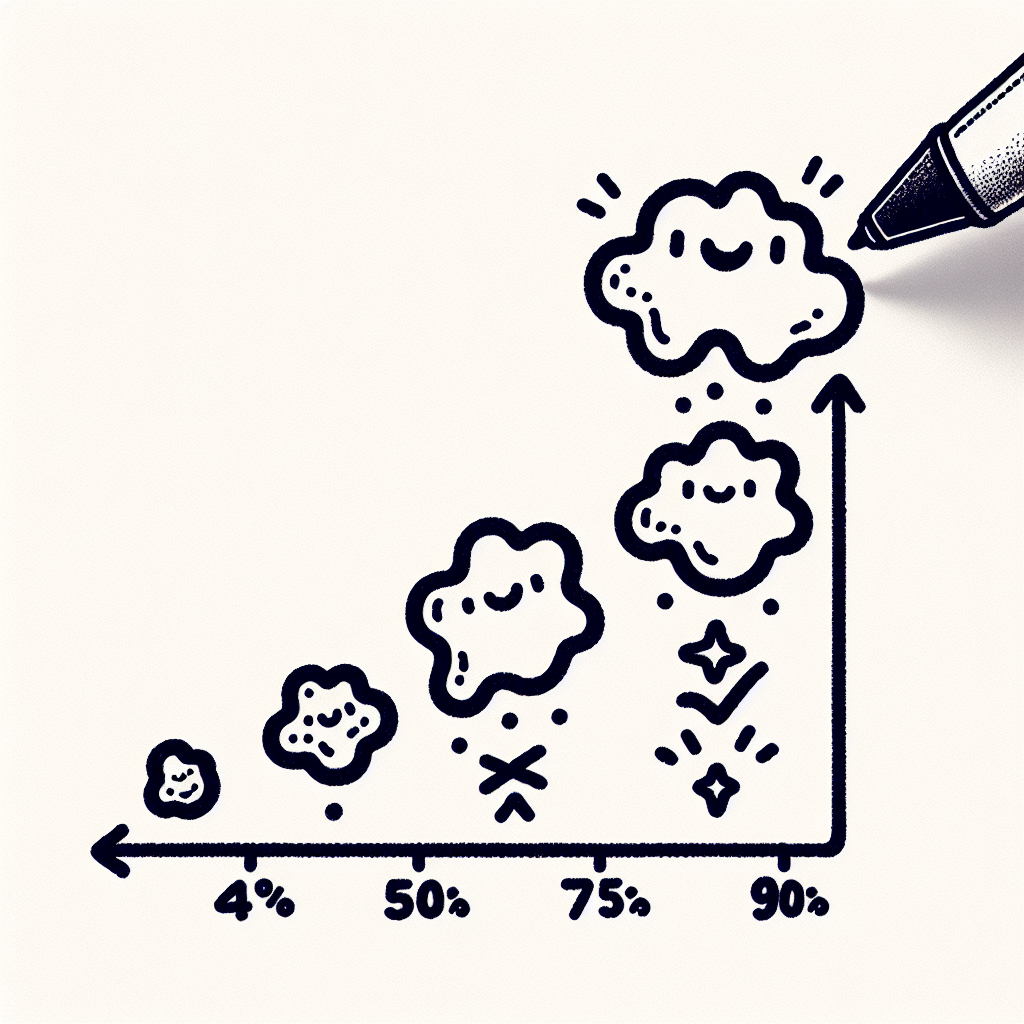Introduction
Why the PSAT Matters for Sophomores
Understanding what is a good PSAT score for a sophomore is important because the PSAT offers early exposure to standardized testing. Taking the test in 10th grade gives students a first look at the format, timing, and content of college admissions exams like the SAT. It also provides an opportunity to benchmark academic progress in key subjects such as math and evidence-based reading and writing.
The sophomore year PSAT sets a foundation for future goals. While sophomores are not yet eligible for National Merit recognition, early performance helps gauge potential for qualifying scores in junior year. This early insight supports long-term academic planning and preparation.
Purpose of Understanding PSAT Scores Early
Knowing what is a good PSAT score for a sophomore helps students and parents set realistic academic goals. It highlights areas of strength and pinpoint weaknesses, allowing for more targeted and efficient studying. Early test results can also inform decisions about enrolling in advanced coursework or beginning structured test prep.
Evaluating PSAT scores during the sophomore year gives families a head start in the college admissions process. It encourages strategic planning and can reduce stress later by identifying priorities early on.

📊 Understanding the PSAT Scoring System
To determine what is a good PSAT score for a sophomore, it's important to first understand how the PSAT is scored. The PSAT/NMSQT provides a detailed scoring breakdown to help students assess their academic strengths and weaknesses.
Total Score Range
The total composite score on the PSAT ranges from 320 to 1520. This score is the sum of the Math section and the Evidence-Based Reading and Writing (EBRW) section. Each of these two sections contributes equally to the overall score.
Section Scores Detail
- Math Section: Scores range from 160 to 760. This section tests problem-solving skills, algebra, and data analysis.
- Evidence-Based Reading and Writing (EBRW): Also scored between 160 and 760, this section measures reading comprehension, grammar, and language usage.
Subscores and Cross-Test Scores
In addition to the main section scores, the PSAT also provides subscores and cross-test scores to give a more detailed evaluation:
- Subscores: These include Command of Evidence, Words in Context, Expression of Ideas, and Standard English Conventions. Math subscores include Heart of Algebra, Problem Solving and Data Analysis, and Passport to Advanced Math.
- Cross-Test Scores: These assess skills in Analysis in Science and Analysis in History/Social Studies. They are calculated from questions across both the Reading and Math sections.
Understanding this scoring system helps sophomores identify specific areas to focus on as they prepare for future standardized tests and determine what is a good PSAT score for a sophomore.

🎯 College Board Benchmarks and Readiness Indicators
Understanding what is a good PSAT score for a sophomore starts with examining the College Board’s benchmarks for 10th grade students. These benchmarks are set to indicate whether a student is on track for college and career readiness.
10th Grade PSAT Benchmarks
- Evidence-Based Reading and Writing (EBRW): 430
- Math: 480
Meeting or exceeding these scores suggests that a sophomore is performing at a level that aligns with future academic success in college and beyond. These thresholds serve as indicators to help students and educators assess readiness and identify areas for improvement (College Board Benchmarks).
College and Career Readiness Interpretation
When evaluating what is a good PSAT score for a sophomore, it's important to consider the implications of these benchmarks:
- Below Benchmark: Falling short of the 430 in EBRW or 480 in Math suggests that the student may need targeted academic support to build foundational skills.
- Above Benchmark: Scoring above these levels can indicate readiness for more challenging coursework, including honors or Advanced Placement (AP) classes.
These benchmarks provide a clear guideline to help sophomores understand where they stand in terms of academic progress and future potential.

📉 Percentile Rankings Explained
How Percentiles Work
When evaluating what is a good PSAT score for a sophomore, understanding percentile rankings is essential. Percentile scores indicate how a student's performance compares to that of other test-takers. For instance, scoring in the 75th percentile means the student performed better than 75% of other students who took the test.
Key Percentile Milestones
- 50th Percentile (~920–930): This is considered an average score for sophomores. Students scoring here have performed better than about half of their peers. 📌 Albert Resources
- 75th Percentile (~1060): A score in this range is considered good and indicates the student is ahead of most of their peers. 📌 BestColleges
- 90th Percentile (~1160): This score is excellent and reflects strong academic performance. 📌 Compass Education Group
- 99th Percentile (~1450+): Students in this range are in the top 1% of test-takers, showcasing exceptional academic achievement. 📌 US News & World Report

🔍 Comparative Analysis of Score Insights
Understanding what is a good PSAT score for a sophomore involves comparing insights from several authoritative sources. Each offers a slightly different perspective based on benchmarks, percentiles, and historical data.
College Board
The College Board, which administers the PSAT, sets readiness benchmarks to signal whether students are on track for college-level work. For sophomores, a score of 460 in Evidence-Based Reading and Writing (ERW) and 510 in Math indicates college readiness. These benchmarks help students understand where they stand in terms of academic preparedness.
US News & World Report
US News & World Report highlights the importance of percentile rankings when evaluating PSAT scores. For example, a sophomore scoring in the 90th percentile is outperforming 90% of their peers, which may indicate strong potential for National Merit Scholarship eligibility in the junior year.
BestColleges
BestColleges defines a score of 1060 as a solid indicator of a 'good' PSAT performance for sophomores. This score typically places students above average nationally and suggests they are on a promising academic path.
Albert Resources
Albert Resources provides historical context, noting that average PSAT scores for sophomores often fall between 920 and 1060. Understanding these trends helps frame whether a score is above or below typical performance levels.
Compass Education Group
Compass Education Group focuses on percentile-based analysis for interpreting score excellence. According to their data, scores in the 90th percentile or higher — often around 1200 or above — can be considered excellent for sophomores preparing for competitive college admissions and scholarship opportunities.

🏆 What Is Considered a "Good" PSAT Score for a Sophomore?
When evaluating what is a good PSAT score for a sophomore, it's important to understand the different score categories and how they relate to national percentiles.
Score Categories
- Average: A score around 920–930 places a student at approximately the 50th percentile. This means the student scored better than half of the test-takers.
- Good: A score of about 1060 typically aligns with the 75th percentile. This indicates above-average performance and suggests a solid foundation in core academic skills.
- Strong: Scores between 1000 and 1060 are considered strong for sophomores, positioning them well for future growth as they continue preparing for college entrance exams.
- Excellent: Earning a score of 1160 or higher puts a student in the 90th percentile or above, marking them as high-achieving among their peers.
- Top Tier: A score of 1450 or more may qualify a student as a National Merit contender, although eligibility is formally determined during junior year.
How to Interpret Your Score
To determine what is a good PSAT score for a sophomore in context, it's useful to consider both percentile rankings and College Board readiness benchmarks. Percentile data shows how a student compares to others nationally, while readiness benchmarks indicate whether the student is on track for college-level work.
Additionally, analyzing subscores—such as those for Evidence-Based Reading and Writing (ERW), and Math—can help identify specific areas where a student excels or needs improvement. This nuanced view allows for targeted study strategies and goal-setting for future standardized tests.

📈 Implications for Future Exams and Opportunities
National Merit Scholarship Eligibility
While sophomore PSAT scores don't count toward National Merit recognition, understanding what is a good PSAT score for a sophomore can still provide valuable insights. The PSAT/NMSQT taken in the junior year is the official qualifier for the National Merit Scholarship Program. Typically, students in the top 1% of scores—around 1450 or higher—are considered for semifinalist status, though this cutoff can vary by state (US News & World Report). Sophomore scores offer an early benchmark to evaluate future eligibility.
Preparing for the SAT
Knowing what is a good PSAT score for a sophomore also helps in predicting SAT performance. The PSAT mirrors the SAT in structure and content but is slightly shorter and less difficult. As such, it serves as a useful diagnostic tool. Students can use their PSAT results to identify strengths and weaknesses, which can inform SAT preparation strategies. This might include enrolling in test prep courses, seeking tutoring, or following a targeted self-study plan.
Long-Term Academic Planning
A strong sophomore PSAT score can influence academic planning. High scores may support eligibility for advanced coursework such as AP or IB classes. They also encourage early college planning by helping students set academic goals, choose appropriate high school courses, and consider long-term college and career paths. Understanding what is a good PSAT score for a sophomore gives students and families a head start in making informed academic decisions.

Tips for Improving PSAT Scores
Improving your PSAT score as a sophomore is an important step toward future academic goals. If you're wondering what is a good PSAT score for a sophomore, targeted preparation can help you achieve it.
Study Strategies
Start by identifying your strengths and weaknesses using your PSAT subscores. Focus your study time on high-impact areas—those where improvement is most likely to boost your overall score. For instance, if your Math subscore is lower than the Evidence-Based Reading and Writing (ERW) score, concentrate on key math concepts and problem-solving techniques.
Free resources like Khan Academy, which partners with the College Board, offer personalized practice plans based on your previous test results. These tools provide structured study paths and feedback to help you improve efficiently. Additionally, full-length practice tests under timed conditions can simulate the actual test environment and build your stamina and time management skills.
Develop Test-Taking Skills
Effective time management is crucial. Learn to pace yourself so you have enough time to answer all questions without rushing. Practice reading comprehension techniques, such as active reading and annotating passages, to improve accuracy and speed in the ERW section. For math, focus on learning shortcuts and strategies—like plugging in numbers or using estimation—to solve problems more quickly and accurately.
Consider Professional Prep Options
If you're aiming for a competitive score, professional prep options may be worthwhile. Prep courses offer structured curriculum and expert guidance. Private tutoring can provide individualized attention tailored to your learning style and goals. Online platforms with adaptive learning technology can also customize your study plan based on your performance, helping you focus on areas that need improvement.
These methods can make a significant difference, especially when combined with consistent practice and self-assessment.

📅 When and How to Retake the PSAT
Sophomore-Year Testing Window
Most sophomores take the PSAT in October, which aligns with the national testing schedule. This early exposure provides students with valuable experience, helping them get comfortable with the format and pacing of the test. Understanding what is a good PSAT score for a sophomore can also give students a benchmark to measure their initial performance and identify areas for improvement.
Junior-Year PSAT/NMSQT
The PSAT taken in junior year, officially called the PSAT/NMSQT (National Merit Scholarship Qualifying Test), is more than just a practice test—it’s the version used for National Merit Scholarship qualification. Retaking the test as a junior offers students a critical opportunity to improve upon their sophomore-year performance. Knowing what is a good PSAT score for a sophomore can inform study goals and strategies for the junior-year test, increasing the likelihood of qualifying for academic recognition and scholarships.

Conclusion and Next Steps
Recap of Key Insights
Understanding what is a good PSAT score for a sophomore is an important step in preparing for future standardized tests. A score of 1060 or higher is generally considered good for 10th graders. Hitting the 75th percentile or above indicates strong college readiness and puts students on track for competitive SAT scores. Knowing how your score compares to national benchmarks and percentiles is crucial for setting goals and developing a strategic study plan.
Action Plan for Students
- Review your PSAT score report: Compare your total score and section scores to national benchmarks and percentiles.
- Identify areas of strength and weakness: Use subscore breakdowns to pinpoint where you can improve.
- Begin targeted SAT prep: Use your PSAT performance to guide your study strategy and resource selection.
- Set goals for junior-year PSAT/NMSQT: Establish a target score that aligns with National Merit Scholarship qualifications and your college aspirations.
Additional Resources
- 📌 College Board Benchmarks
- 📌 US News & World Report
- 📌 BestColleges
- 📌 Albert Resources
- 📌 Compass Education Group














